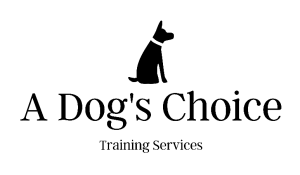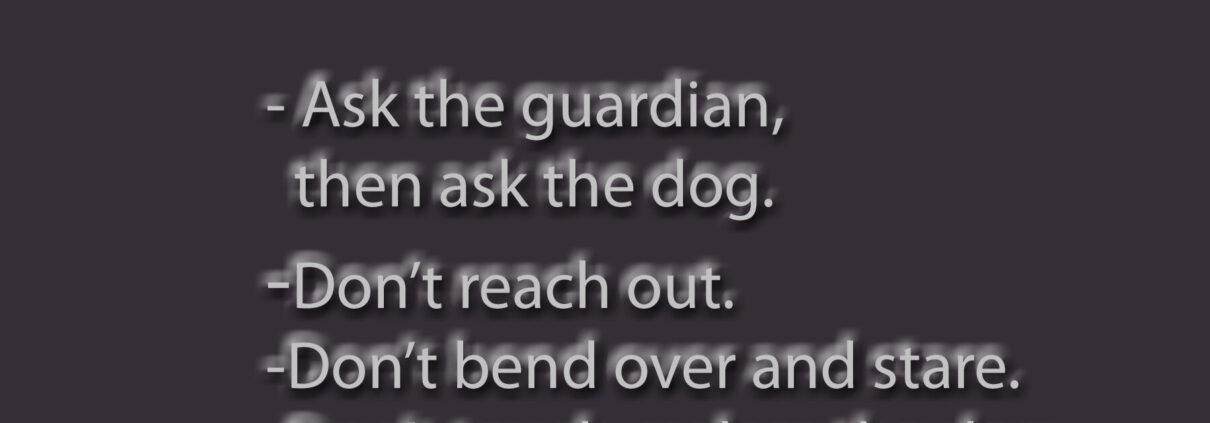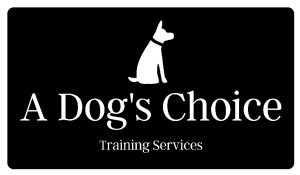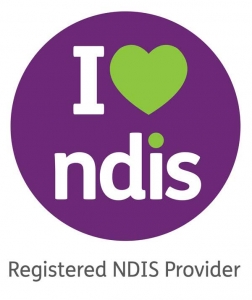Dealing with the Public: Positioning & Scripts for Assistance-Dog Teams
Moving Through Public Spaces: Smooth, Confident, and Zero Apologies
Goal: Move through public spaces smoothly with minimal chat and zero pats.
Let’s be honest—this is one of the biggest ongoing challenges for assistance dog teams in public access. Crowded spaces, unsolicited questions, awkward encounters… the reality is: the public often doesn’t know how to behave around working dogs.
That’s why I’ve put together this guide. It’s practical, empowering, and unapologetic.
⚠️ Important: I never say sorry. You shouldn’t either. Your right to access is protected by law. It’s the public’s responsibility to respect that—not yours to justify it.
Essentials (Set-and-Forget)
-
Dog presentation: Clean, brushed, clipped nails, fresh-smelling, vest/harness on, clear tags (“Do Not Distract / Working”).
-
Lead length: Short, with a clear settle cue.
-
Handler: ID on you (not for show, just in case), neutral expression, purposeful pace.
-
Settle mat: Compact, dark colour. Signals “off duty to the world, on duty to you.”
Positioning 101: The Basics
-
Create a human shield: Stand between your dog and foot traffic; keep the dog on the building side (not aisle side).
-
Corners > centers: Sit with your back to a wall; pick corners, not doorways or endcaps.
-
Park-and-tuck: Mat under table/skirting board; settle cue, leash short but relaxed.
-
Queue stance: Dog at heel on the inside; angle body 30–45° to close the gap.
-
Moving through: Hug the inside lane; U-turn early if you see hands reaching; pause behind a display for reset.
-
Elevators/lifts: Enter last, take back corner; dog sits behind toes; pivot thigh to block “reach-in” hands.
Positioning 101: Going Beyond the Basics
🔹 Environmental Awareness
-
Scan spaces before entering: spot tight corners, foot traffic, noise.
-
Choose spots with clear view of you and fewer distractions.
🔹 Handler Body Language
-
Stand tall, confident, no fidgeting.
-
“Claim space” with posture, especially in queues/crowds.
🔹 Situational Examples
-
Cafés: Dog tucked under table or beside chair, not in walkway.
-
Retail: Dog behind/beside you, not in front.
-
Public transport: Dog under seat or between your legs.
🔹 Dynamic Positioning
-
Teach pivots, backing, and space adjustments.
-
Use touch targets or leash guidance to reinforce.
🔹 Dog Comfort
-
Positioning must not compromise comfort.
-
Offer breaks, water, or reposition in queues/heat.
Micro-Moves That Stop Pats Before They Start
-
The half-step: Shift hip between dog and reaching hand.
-
Soft hand-up: Palm at chest height + small smile = subtle “not now.”
-
Nod-and-move: Quick nod, eyes forward, keep walking = no invitation.
-
Body blocking: Angle torso to shield dog.
-
Leash management: Keep it short, guide dog behind leg.
-
Hand placement: Rest hand on harness/back to deter reaching.
-
Eye contact: Neutral, firm, “soft serious” look = barrier.
-
Preemptive cues: Calm, assertive—“She’s working.” “Please don’t touch.”
-
Props: Clipboard, phone, or basket—make you look busy.
Scripts by Scenario
1) Friendly Stranger
-
“Thanks for asking—she’s working, so no pats today.”
-
“Not while she’s working, thanks. Have a good one.”
2) Kids Who Rush Up
-
“Hands to yourself, please—she’s working.”
-
“Thanks for helping them walk past—she’s on duty.”
3) Staff at the Door
-
“She’s an assistance dog. We’ll tuck out of the way.”
4) Someone Talks to Your Dog
-
“Please talk to me, not her—she’s working.”
5) Photo/Video Request
-
“No photos—she’s working. Appreciate it.”
6) Another Dog Gets Close
-
“Could you give us space? She’s working.”
-
“Please call your dog—working team here.”
7) Cafés & Food Courts
-
“We’ll sit in the corner—she’ll stay under the table.”
8) Checkout/Queues
-
“We’ll stay on this side; she won’t say hello.”
9) Public Transport / Taxi / Rideshare
-
“I’m boarding with my assistance dog; she’ll stay by my feet.”
10) Persistent Chatter
-
“We’re in training—thanks for understanding.” (Step away.)
Phrase Bank (Mix & Match)
-
“She’s working—no pats.”
-
“Talk to me, not her—thanks.”
-
“We’re training focus.”
-
“Please give us space.”
-
“We’ll tuck out of the way.”
-
“Not today, thanks.”
Non-Verbal Toolkit
-
Earbuds visible: “Do not disturb” signal.
-
Brisk, purposeful walking: Projects confidence.
-
Carry small item in public-side hand: Makes reaching awkward.
Quick Practice Drills (5 Minutes Each)
-
Aisle drill: Friend “reaches”; you block subtly, reward focus.
-
Queue drill: Heel position, shoulders closing pat gap.
-
Café drill: Dog on mat with noise/foot traffic, reward stillness.
-
Pass-by drill: Friend + dog pass; you cue in, tuck dog behind leg.
Final Thoughts: Own Your Space, Move With Purpose
Navigating public access isn’t just about training—it’s about presence.
Move with intention, position your dog confidently, and use clear scripts. You set the tone before anyone else can.
And if it feels off? Disengage early. You don’t owe anyone an explanation, smile, or moment of your time.
This guide is here to remind you:
✅ You are not the problem.
✅ You are not the educator.
✅ You are not the entertainment.
You are a handler with rights, a dog with a job, and a team with a mission.
So walk tall, speak clearly, and never apologise for taking up space.






Love this. Wish I re-read it before a recent trip to the local pub for dinner.
Any suggestions for when you can’t move away from a stranger who is leaning over you and your wheelchair and wants to pat your dog and and they, the stranger who is quite drunk, keeps patting (gently) your dog despite you politely saying no and explaining why? I had never met this man before and was worried he might become a bit aggressive if I pushed the point.
I learnt a lot and will make sure neither of us will be in the same situation again.